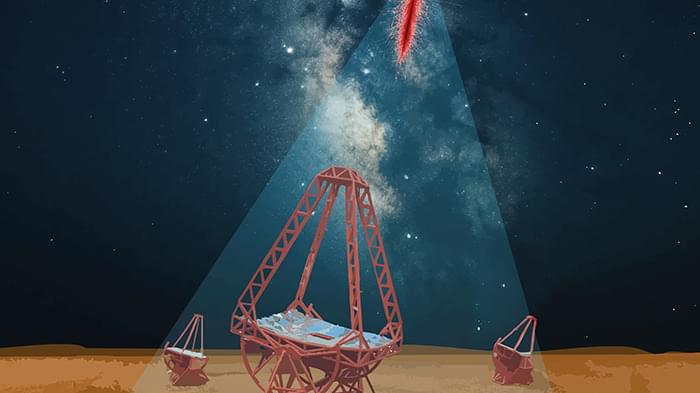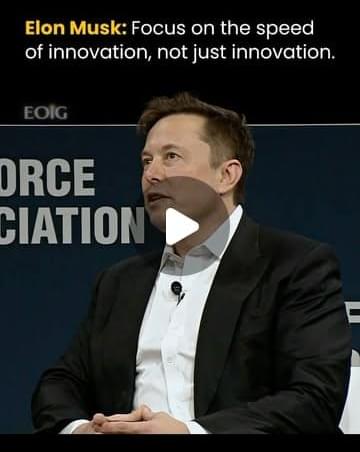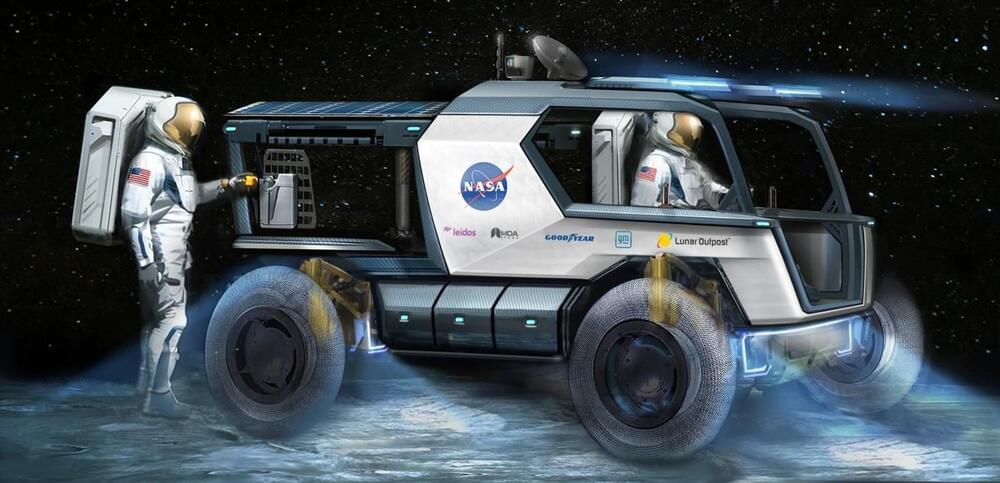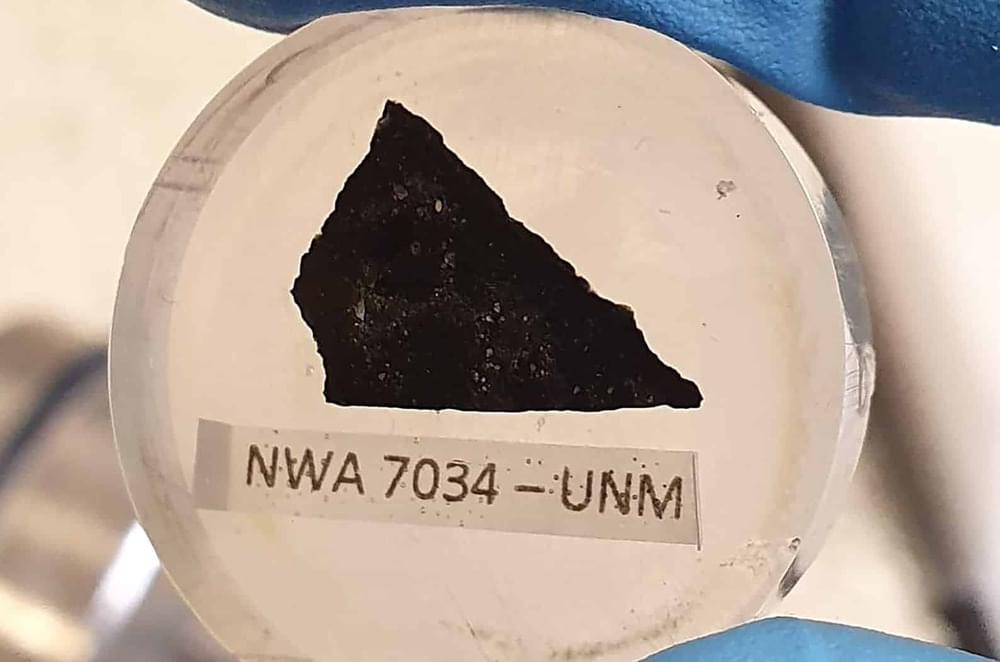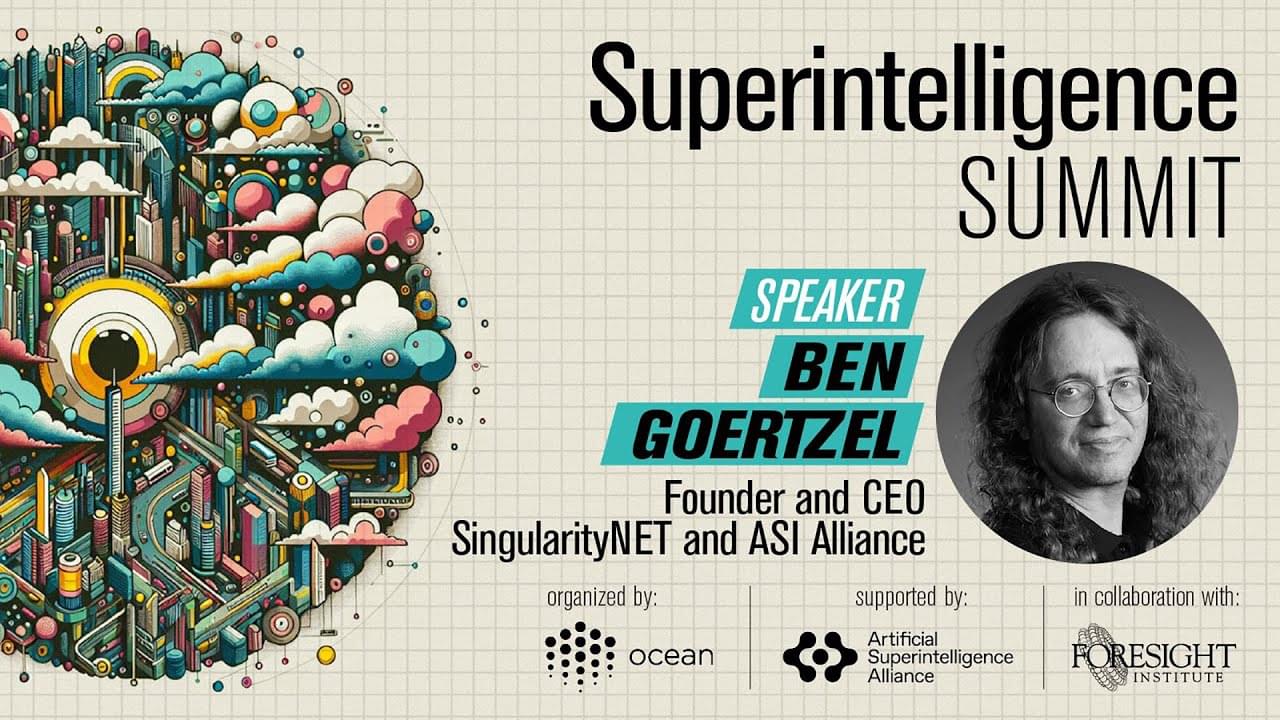Understanding these cosmic rays allows us to unveil big particle accelerators in the universe that are often associated with the most violent phenomena.
Elon Musk encourages focusing on how quickly new ideas and improvements are made, not just working fast.
Media: air & space forces association
The LTV program involves companies taking responsibility for delivering lunar rovers to the Moon, with the possibility of commercial use outside of NASA’s requirements.
Lunar Outpost Executive Director Justin Cyrus said that the choice of Starship was due to SpaceX’s high level of technological advancement, the rapid pace of their work, and the quality of the organization. It’s a vehicle that we think will be able to provide reliable landing on the lunar surface, and we know that they can get it done on the timelines we need, Cyrus emphasized.
The Lunar Outpost Eagle rover is designed to be compatible with a variety of landing systems, but Starship is the prioritized choice. The company strives to remain flexible in its choice of technical solutions by evaluating the progress of the industry over time.
The V-score benchmarks classical and quantum algorithms in solving the many-body problem. The study highlights quantum computings potential for tackling complex material systems while providing an open-access framework for future research innovations.
Scientists aspire to use quantum computing to explore complex phenomena that have been difficult for current computers to analyze, such as the characteristics of novel and exotic materials. However, despite the excitement surrounding each announcement of “quantum supremacy,” it remains challenging to pinpoint when quantum computers and algorithms will offer a clear, practical advantage over classical systems.
A large collaboration led by Giuseppe Carleo, a physicist at the Swiss Federal Institute for Technology (EPFL) in Lausane and the member of the National Center for Competence in Research NCCR MARVEL, has now introduced a method to compare the performance of different algorithms, both classical and quantum ones, when simulating complex phenomena in condensed matter physics. The new benchmark, called V-score, is described in an article just published in Science.
Exercise can do more than strengthen your muscles and boost your mental health: It can also support your eyes.
A new study by Curtin University has revealed what could be the oldest direct evidence of ancient hot water activity on Mars. The research focused on a 4.45 billion-year-old zircon grain from the Martian meteorite NWA7034, also called Black Beauty. The analysis found geochemical signatures suggesting that water-rich fluids were present, providing evidence that Mars may have been habitable in the past.
Neurotech startup Motif says it has built a pea-sized brain chip that can treat mental illnesses, including depression, without the side effects of conventional drugs. Watch Posthuman with Emily Chang to learn more about the power of brain-computer interfaces.
——-
Like this video? Subscribe: https://www.youtube.com/Bloomberg?sub_…
Get unlimited access to Bloomberg.com for $1.99/month for the first 3 months: https://www.bloomberg.com/subscriptio…
Bloomberg Originals offers bold takes for curious minds on today’s biggest topics. Hosted by experts covering stories you haven’t seen and viewpoints you haven’t heard, you’ll discover cinematic, data-led shows that investigate the intersection of business and culture. Exploring every angle of climate change, technology, finance, sports and beyond, Bloomberg Originals is business as you’ve never seen it.
Watch Dr. Ben Goertzel, CEO of SingularityNET and ASI Alliance, discuss the path to beneficial Superintelligence.
Recorded at the Superintelligence Summit held by Ocean Protocol in Bangkok on November 11, 2024.
SingularityNET was founded by Dr. Ben Goertzel with the mission of creating a decentralized, democratic, inclusive, and beneficial Artificial General Intelligence (AGI). An AGI that is not dependent on any central entity, is open to anyone, and is not restricted to the narrow goals of a single corporation or even a single country.
The SingularityNET team includes seasoned engineers, scientists, researchers, entrepreneurs, and marketers. Our core platform and AI teams are further complemented by specialized teams devoted to application areas such as finance, robotics, biomedical AI, media, arts, and entertainment.
Do you remember the moment in “Star Wars” when the Death Star destroys Alderaan? Eight laser beams converge at a single point to form a super-powered laser that obliterates the planet. It was a memorable scene that demonstrated the unrelenting power of the Empire.
Although it is unclear whether they were inspired by the scene, Chinese scientists claim they have created a new type of microwave weapon that combines several high-powered electromagnetic waves. They can then concentrate them onto a target.
The weapon system consists of multiple microwave-transmitting vehicles that are deployed to different locations. Each of the vehicles fire microwaves with high-precision synchronization. These merge together into a powerful energy beam to attack one target.
Getting AIs to work together could be a powerful force multiplier for the technology.
Philip Feldman at the University of Maryland, Baltimore County told New Scientist that the resulting communication speed-ups could help multi-agent systems tackle bigger, more complex problems than possible using natural language.
But the researchers say there’s still plenty of room for improvement. For a start, it would be helpful if models of different sizes and configurations could communicate. And they could squeeze out even bigger computational savings by compressing the intermediate representations before transferring them between models.
However, it seems likely this is just the first step towards a future in which the diversity of machine languages rivals that of human ones.
